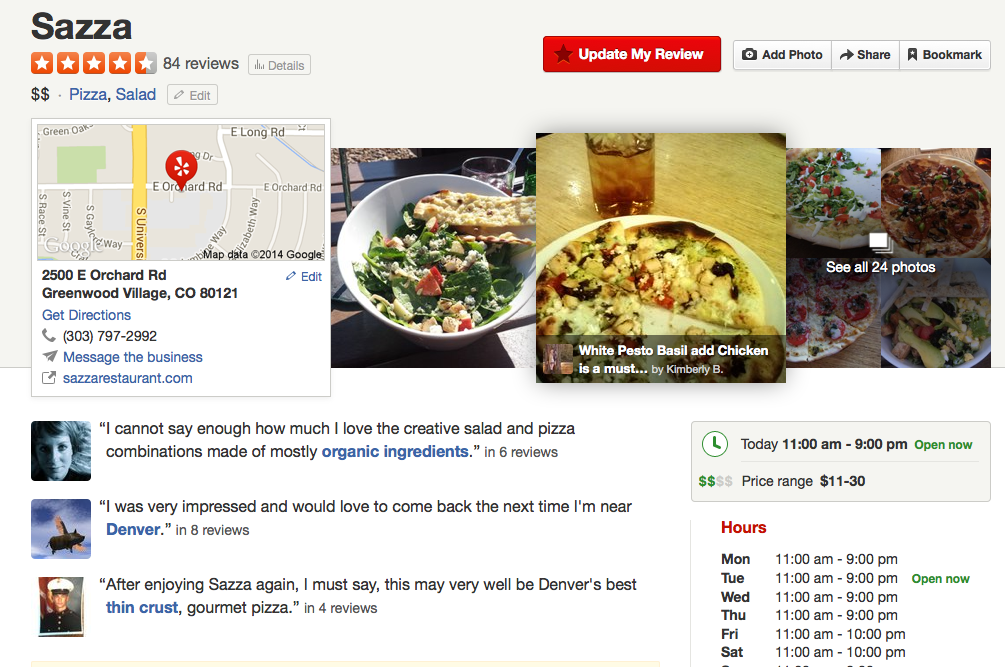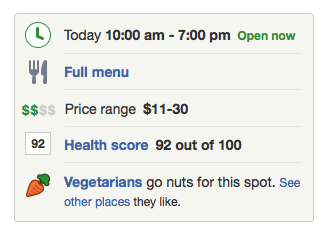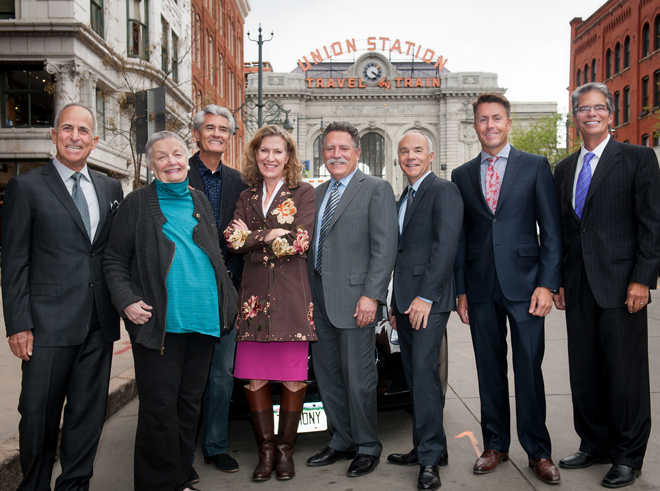I do my best work sitting in the ICOSA Radio room. I get my work done quicker, and work simply flows easier. Retreating to solitude is my way to focus and since the room is fitted with sound proofing it’s quiet without distractions. Today, I found some sound evidence on why this is more than just a preference.
Susan Cain author of, “Quiet: The Power of Introverts in a World That Can’t Stop Talking,” is starting a revolution that will empower introverts, for the benefit of us all. One in every two or three people is introverted, so belonging to a society that encourages extroversion creates challenges for one third of the population.
Susan Cain spoke at TED in 2012 about the need of recognition, understanding and advancement of introverts. Being introverted doesn’t equate to shyness, rather it is how a person reacts to stimulation. Cain further explains that, “We need more of a yin and yang between these two types. This is especially important when it comes to creativity and to productivity, because when psychologists look at the lives of the most creative people, what they find are people who are very good at exchanging ideas and advancing ideas, but who also have a serious streak of introversion in them. And this is because solitude is a crucial ingredient often to creativity.”
At the All-Stars session 5 at TED 2014 Cain shared her plan of action—the introvert revolution. Cain has developed a series of programs and tools coined; QuietTV, Quiet Leadership and Supporting Quiet Children.
TED’s Blog describes Susan Cain’s plan:
QuietTV A website that will eventually host a web-based TV series with profiles and interviews of famous introverts, highlighting how introversion shaped the way they contribute to the world. The site will roll out as the movement gathers momentum, but if you want to learn more now, check out Cain’s author site, The Power of Introverts. Quiet Leadership This program, headed by West Point professor Mike Erwin, will center on identifying and strengthening the leadership style of introverts. Though Erwin is himself an extrovert – he talks a mile a minute, according to Cain — he observed during his time in combat that introverts make great leaders if they can identify their strengths. The leadership training will offer examples of powerful quiet leadership, and will draw on the latest research on managerial styles. Supporting quiet children
“This is the area that is closest of all to my heart,” said Cain. “I’ve seen first hand in the wake of my TED Talk that there’s such an enormous need for parents and teachers to better understand how to love and cultivate the introverted kid.” Like the Quiet Leadership program, this program is in its infancy, but will eventually provide tools for teachers and parents to support quiet children as they grow into themselves. Cain is in the process of identifying partner schools across the country that will collaborate in developing the training program.







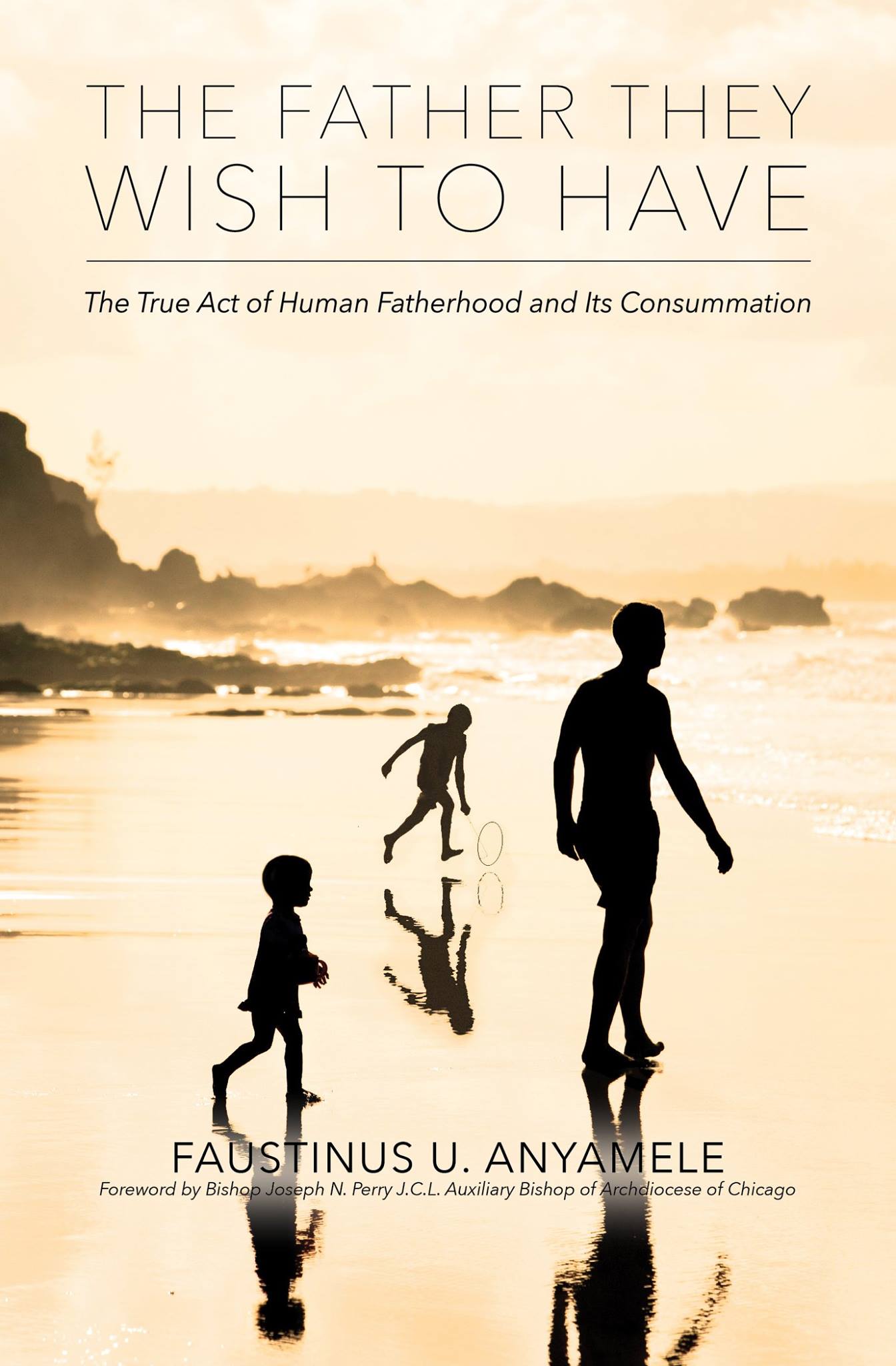


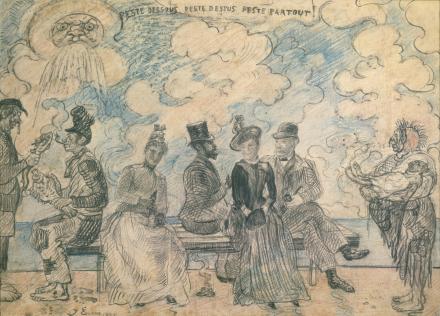 Take for example the drawing, “Plague Above, Plague Below, Plague All Around.” Notice the sun spewing vomit down below on everything. On the left there are two men facing each other, one with snot coming from his nose and the other smoking. In the middle is a group of 4 people sitting with a pile of poop below them. What could that mean? The woman on the right holds a seemingly dying baby, and has snot coming from her nose.
Take for example the drawing, “Plague Above, Plague Below, Plague All Around.” Notice the sun spewing vomit down below on everything. On the left there are two men facing each other, one with snot coming from his nose and the other smoking. In the middle is a group of 4 people sitting with a pile of poop below them. What could that mean? The woman on the right holds a seemingly dying baby, and has snot coming from her nose.
